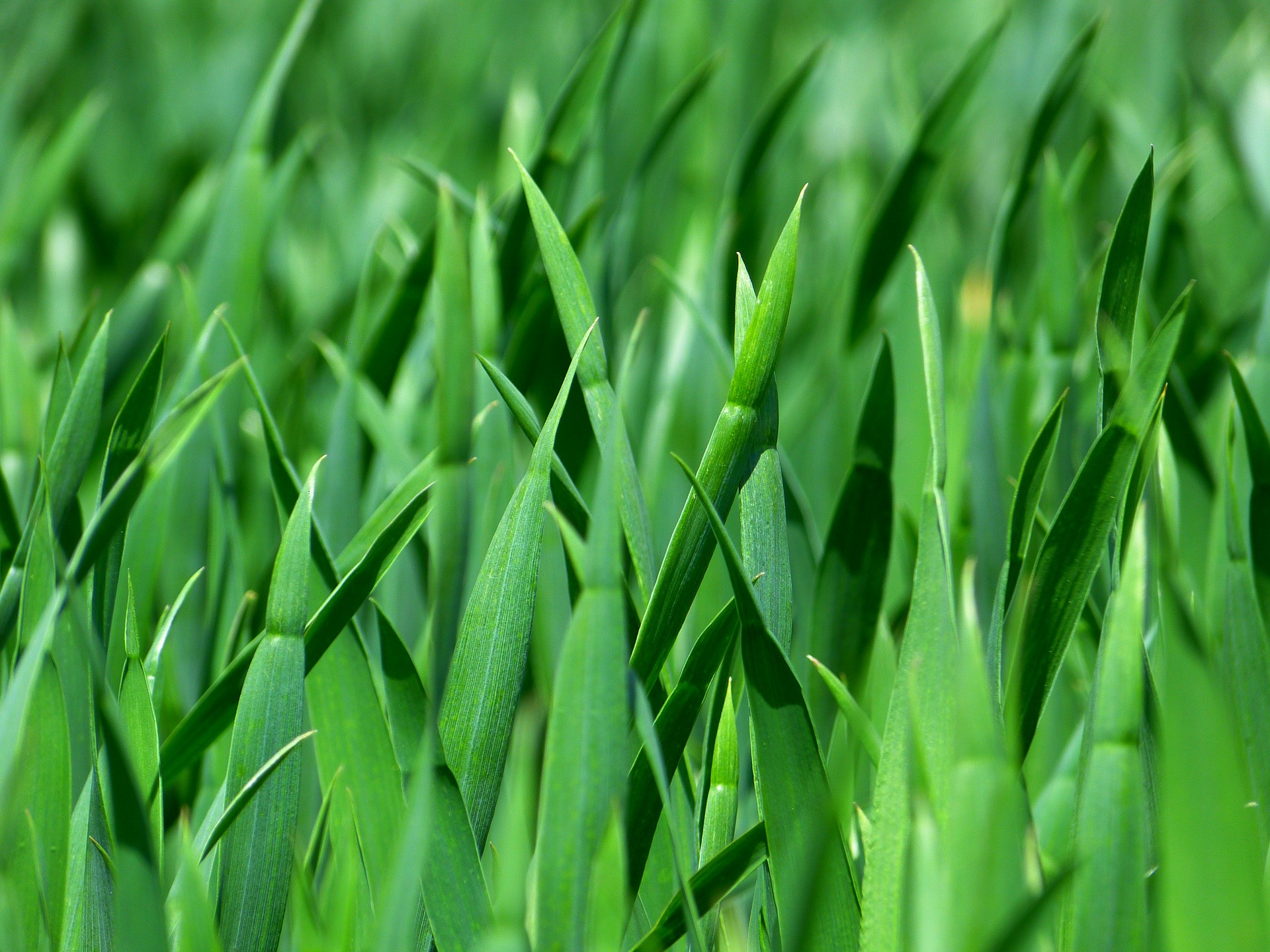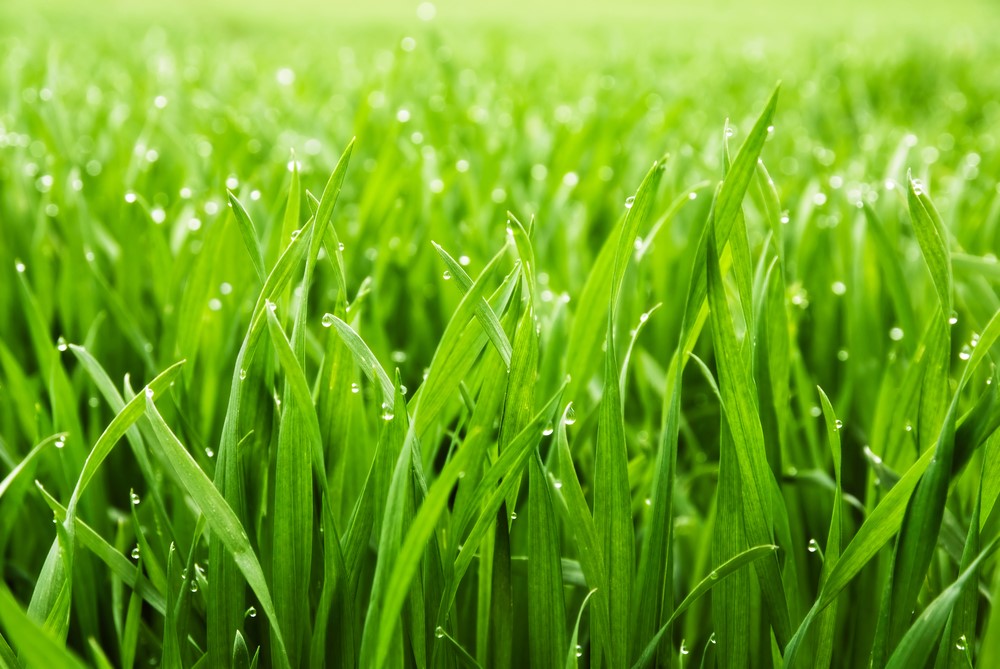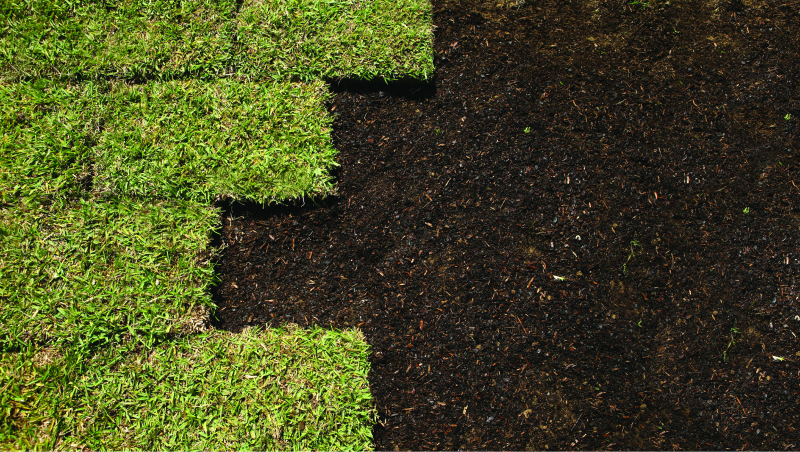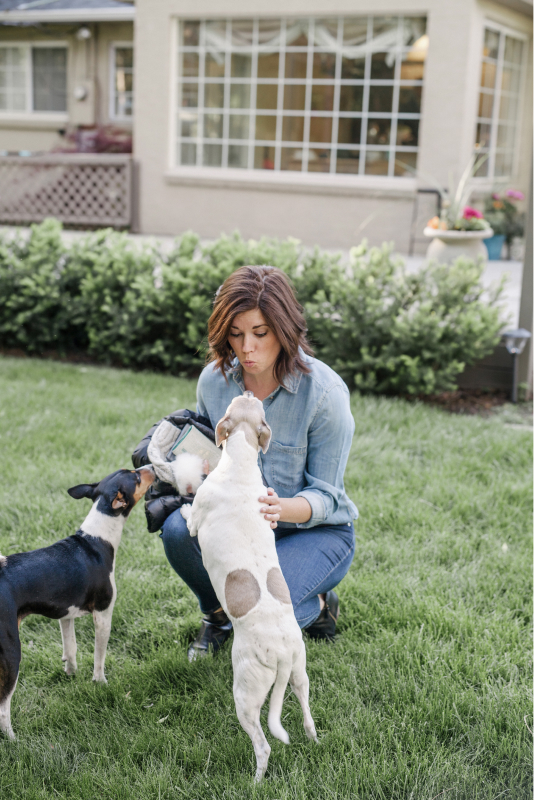Many homeowners live to take care of their lawns themselves, as it’s cost effective and they appreciate the sense of accomplishment that comes from maintaining a healthy, vibrant lawn. Once your grass is established, taking care of the lawn really only requires a good lawn mower, the right fertilizer, and the willingness to put in the work. However, the DIY approach can prove costly if you don’t do your homework, and start with a well-prepared site and the right seeds.
Hiring professionals to care for your lawn like TruGreen ensures that your lawn always looks great, since they use the right materials, and have access to top-of-the-line fertilizers and other products that are more effective than consumer versions. TruGreen professionals can also identify problems earlier and provide the right solutions, preventing bigger problems before they start. From site preparation to soil testing to ongoing maintenance, a lawn service takes the burden of lawn care off the homeowner, but it does come with added cost.
It is possible to have a healthy, green yard, if you get off to a good start. In most cases, you can completely transform your yard in just a few months by following these simple steps. If you’d prefer to have the TruGreen lawn care professionals take care of overseeding and developing your lawn, contact us today at 800-464-0171










Facebook
X
Youtube
Copy Link
Email